Dior Homme: New wave tailoring
Kris Van Assche, the creative director of Dior Homme, uses traditional craftsmanship to create a synthesis of streetwear and classicism
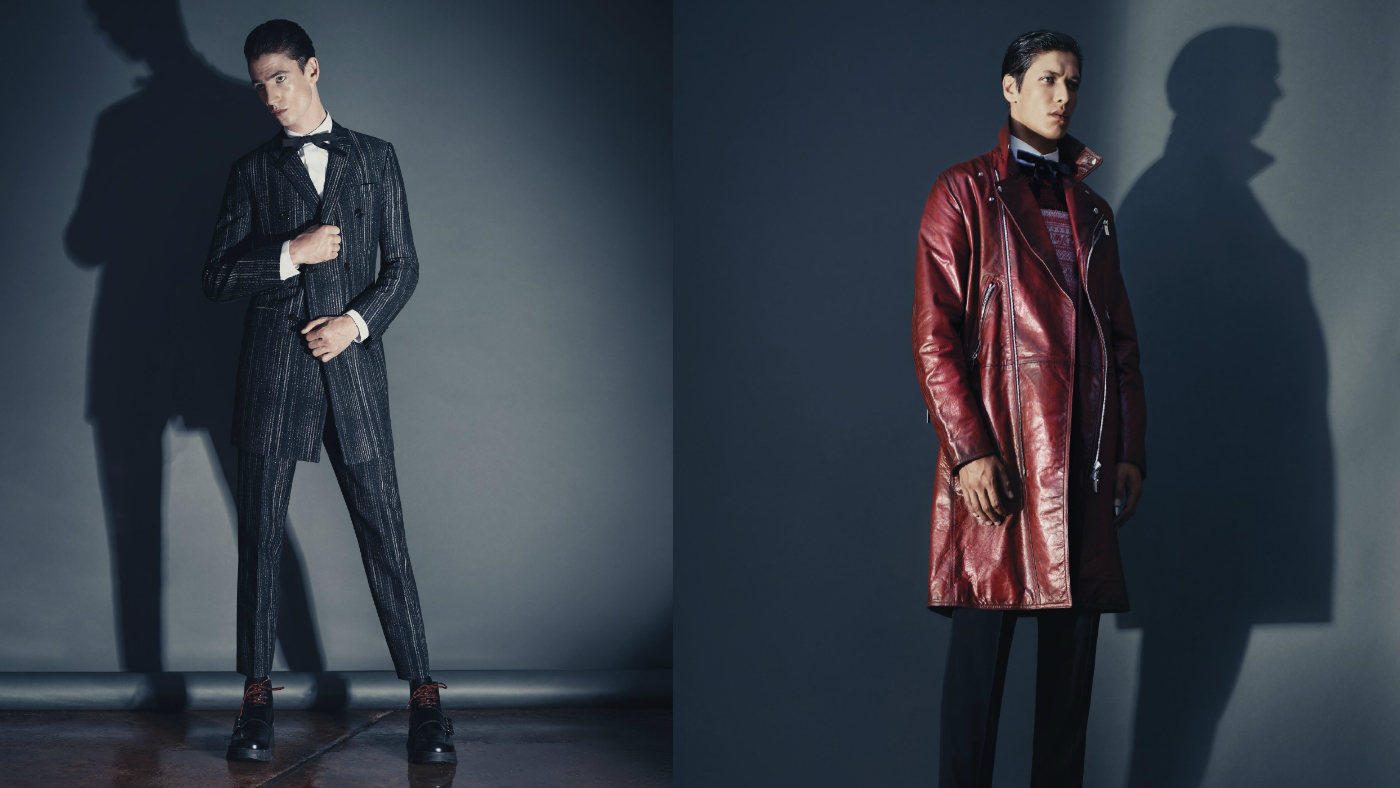
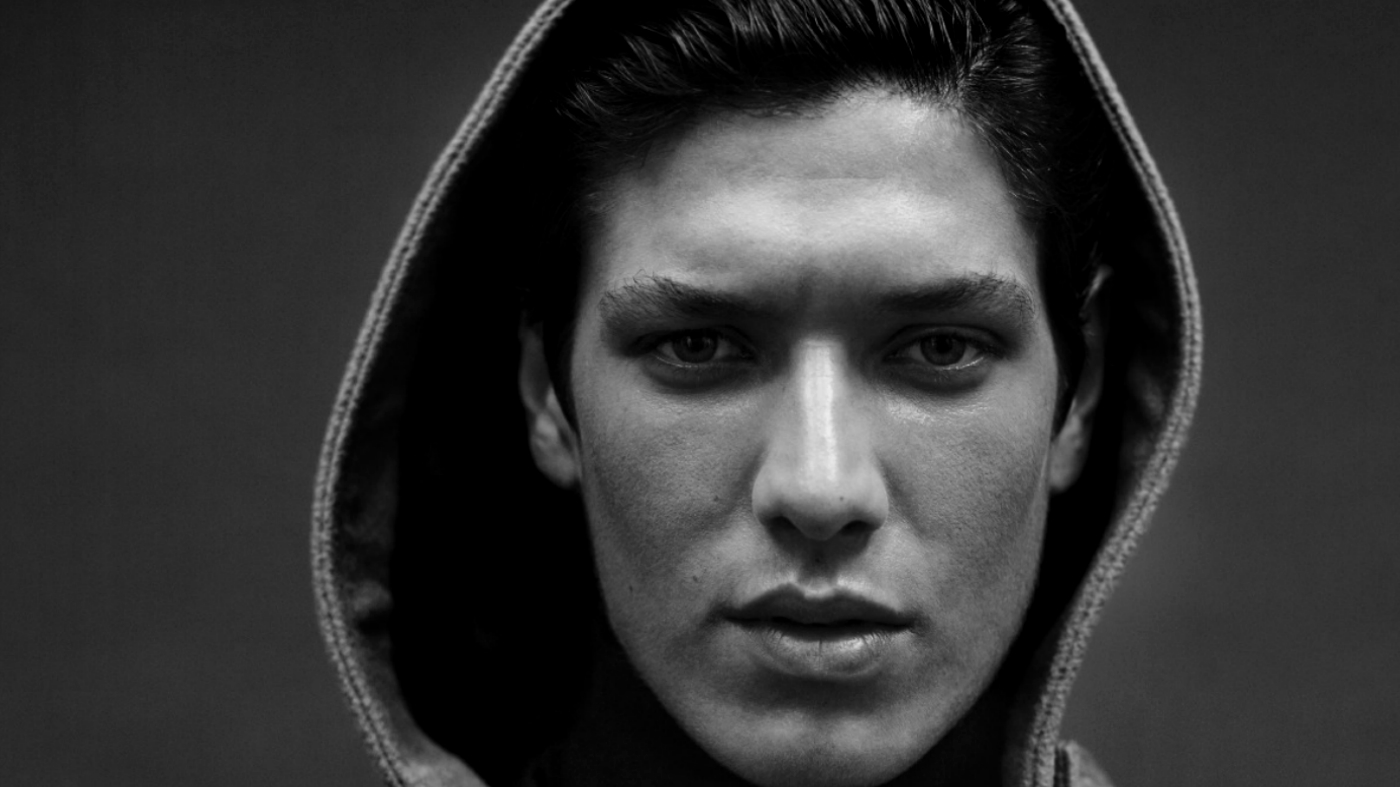
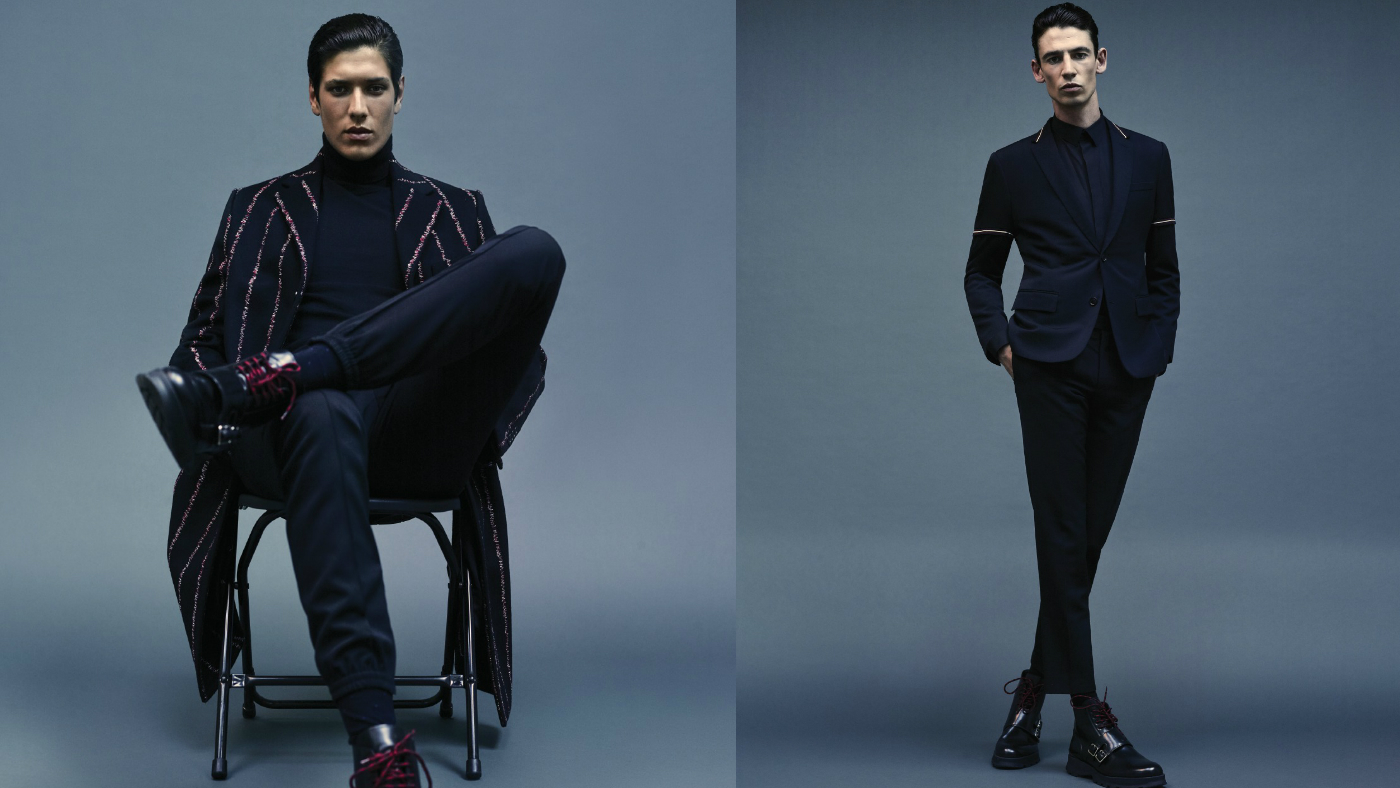
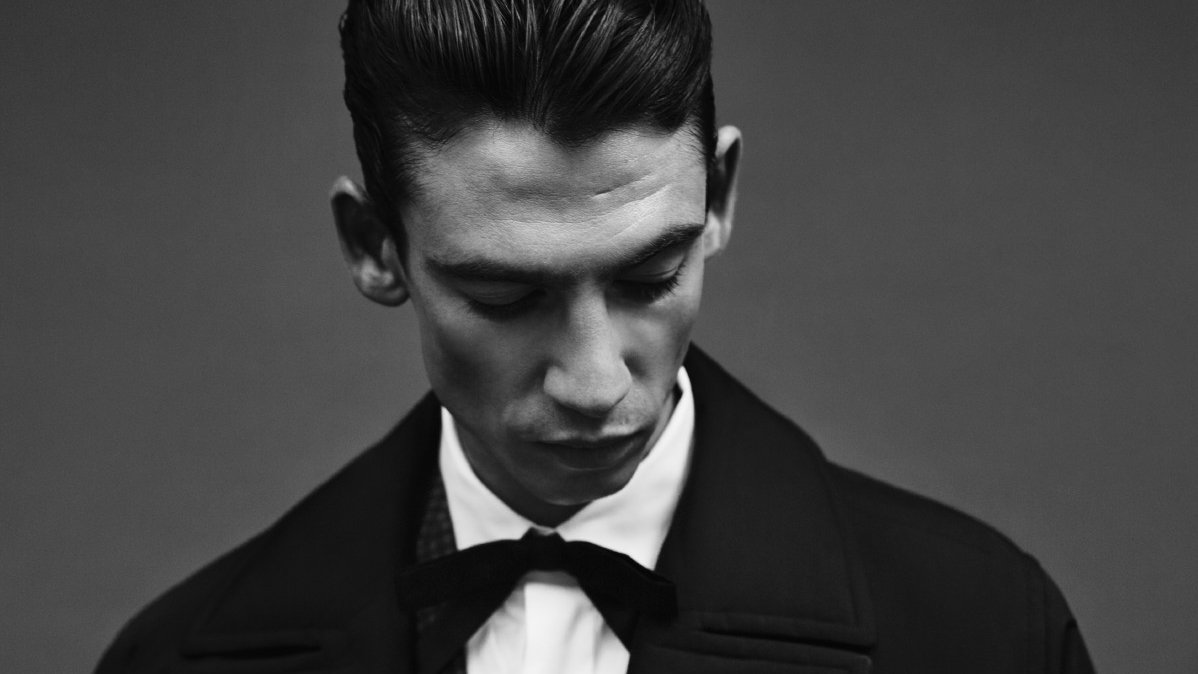
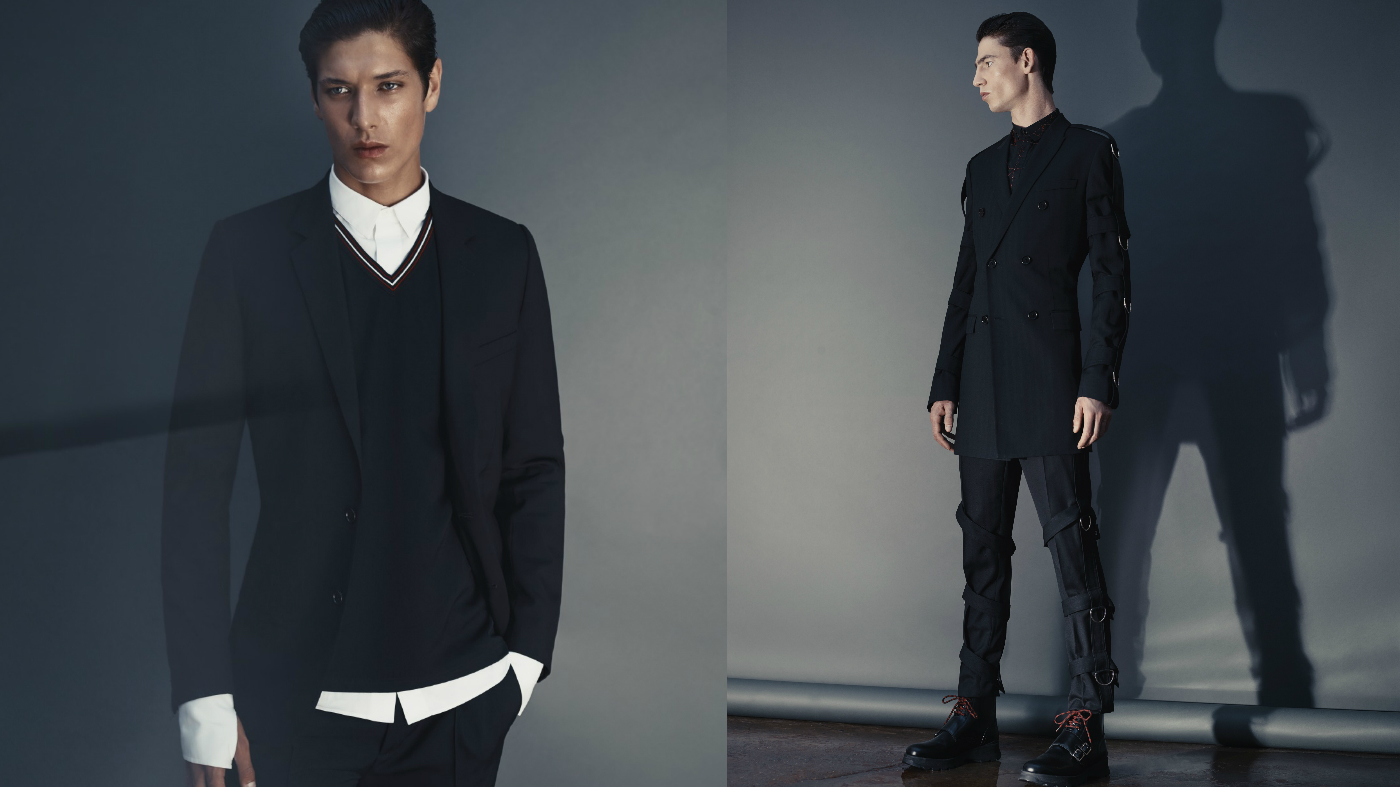
When Dior Homme first launched 16 years ago, a larger-than-life Karl Lagerfeld was so desperate to fit into one of the groundbreaking suits designed by the label's first creative director that he lost six-and-a-half stone. "I suddenly wanted to wear the clothes designed by Hedi Slimane," noted Lagerfeld in the diet book he subsequently published, "but these fashions, modelled by very, very slim boys (and not men of my age) required me to lose at least 40 kilos."
Lagerfeld, now 83, is not a man who gives compliments lightly, and his subscription to menswear's skinny aesthetic was replicated the world over. In many respects, Dior Homme echoed the tectonic changes of Christian Dior's 'New Look', which introduced sartorial optimism to post-war Paris; in 1947, his embrace of fabric and femininity drew a line under the dispirited fashions of the rationing years and revitalised the idea of luxury that swept across Europe and beyond. Similarly, Dior Homme altered the menswear landscape forever, signalling an end to strict formality in the workplace, giving tailoring a devilishly cool edge.

For the past nine years, Dior Homme has been helmed by Belgian designer Kris Van Assche, a quiet mastermind who unpicked the radicalism introduced by Hedi Slimane to create a more fluid avant-gardism, which has broadened Dior Homme's appeal with luxe sportswear and loosened shapes. Despite these changes, Van Assche has maintained a firm grip on tailored elegance, which, according to Serge Brunschwig, President of Dior Homme, is still steered by the body-conscious male consumer. "We dress everyone, but we pride ourselves on making [our client] slimmer than he thinks; or as slim as he would like to be," he explains. "This is our proposal."
The Week
Escape your echo chamber. Get the facts behind the news, plus analysis from multiple perspectives.

Sign up for The Week's Free Newsletters
From our morning news briefing to a weekly Good News Newsletter, get the best of The Week delivered directly to your inbox.
From our morning news briefing to a weekly Good News Newsletter, get the best of The Week delivered directly to your inbox.
While the skinny suit remains a mainstay of the brand, Van Assche has also cultivated its accessories business, recognising the importance of shoes and bags in the modern man's wardrobe as stylish markers of a lifestyle that no longer draws a division between so-called work clothes and off-duty wear.
Van Assche's appointment at Dior Homme coincided with what you could call a sweet spot in menswear. A decade ago, luxury conglomerates including Dior's owner LVMH recognised the potential for a menswear boom driven by the Internet through e-commerce and social media, as well as an already thriving market in Asia for men's luxury goods. Recent retail studies show that men now make up 40 per cent of the global luxury market, and of all the 'superpower' labels, only Chanel now lacks a men's offering.

In addition to this, Paris Men's Fashion Week has gained momentum over Milan – the industrial heartland of menswear fabric manufacture – with its directional shows and jam-packed schedule. Indeed, Dior Homme and Louis Vuitton are now two of menswear's most creatively daring labels, challenging the established rules of luxury with playful tailoring and reconfigured sportswear references in a manner that is still commercially desirable. In the case of Dior Homme especially, contemporary luxury is about harnessing a younger dynamic. "I'm focusing much more on the youth and the creative aspect of the brand, because we're not going to lose the high-end message any more," said Van Assche after a showcase in Hong Kong this April.
In June, Dior unveiled a new flagship on London's New Bond Street, completing a 'golden triangle' of French luxury houses on the famed shopping strip: Chanel are adjacent and Louis Vuitton opposite. Designed by über-architect Peter Marino, the four-storey House of Dior is a dove-grey temple dedicated to the label's myriad luxury output. The men's salon in the basement is distinctively different from the floors above, which have been modelled on a classic Parisian hôtel particulier. Its stark conceptual design offsets the more feminine living room areas upstairs, as well as the conservatory space on the ground floor, complete with skylight and climbing plants. This serves as a reminder that while Dior Homme is anchored by the myth of the legendary house, it has carved out its own unique identity.
A free daily email with the biggest news stories of the day – and the best features from TheWeek.com
Brunschwig, formerly chief operating officer of Christian Dior Couture, is best placed to explain Dior Homme's positioning within the wider context of the mothership. "Christian Dior was created as an haute couture brand, so we came second and we will remain second, [but] tailoring is at the heart of Dior," he says. "When Mr Dior created the first Bar jacket, or the 'New Look', it was [about] tailoring; when Dior Homme was reinvented in 2000, it was a tailoring exercise." He adds an important point of difference between Van Assche and his predecessor, Hedi Slimane: "Mr Dior himself was not dressing one woman, and we don't want to dress one man."
Democratising the idea of the made-to-measure suit has been a major directive for the Belgian designer. Indeed, the London flagship offers a 'demi-mesure' bespoke tailoring service, with 14 suit cuts available in a choice of 500 fabrics. Orders are created at the Dior ateliers in Paris, one floor below Van Assche's office. "What is very much the essence of Dior Homme and tailoring is the know-how of the ateliers: turning things inside out, working on construction," he says. "Why are there 25 layers in a suit? Why not just seven? Working on the technical beauty of menswear has been a focus for a big chunk for my nine years here."

While softly spoken and unassuming, Van Assche exudes a self-confidence that no doubt stems from an immersion in his work and a deep understanding of his ever-evolving customer base. "I'm not the type to disappear for weeks, then work day and night like a crazy man," he confides. "I'm much more of a constant worker, so I annoy my teams all week long! But it means we don't have to work 24 hours a day, and we get weekends off."
May 2015 saw the designer announce the closure of his 10-year-old eponymous label after dwindling finances put insurmountable pressure on the independent business. It was unquestionably a painful decision, but Van Assche has a positive take: "I put on hold my own label so I'm able to infuse much more of my own identity into the Dior Homme brand. My own brand was known for looser volumes and a mixture of tailored jackets and looser pants; a sportswear hybrid with tailoring. For now, there's a lot of Kris Van Assche sneaking into the [Dior Homme] collections. A good thing. It almost feels like a whole new start."
His rhetoric may be rigid and his standards exacting, but Van Assche's design approach is fluid and playful, balancing comfort and tailoring, thanks to unexpected juxtapositions and an upcycling of streetwear and pop-culture styles. His SS17 collection, presented in Paris this June, melded elements of '80s New Wave with '90s skater culture: baggy cargo pants; American wardrobe staples such as bomber jackets; D-rings on slim-fit trousers, and long macs reminiscent of wind gear. The backdrop was a rollercoaster-like structure prettied up with multicoloured light bulbs – a nod to childhood memories of the funfair in Antwerp where he would observe these style tribes. This was his way of allying the feuding factions of his youth; a mix-and-match game he likes to apply to every collection.
"I think menswear is still about codes," claims Van Assche. "We like to think it's not, but it is – and I very much enjoy that it is! Businessmen have their codes, sportspeople have their codes, and skater boys definitely have theirs. Men still want to belong to a group, even if it's about belonging to different groups and taking a bit from each. It is still about references, because we like to know where things come from. I like to blur these lines."

The Dior Homme AW16 collection was a prelude to SS17's skater/New Wave medley, though subtler references to these retro trends – voluminous trousers, graphic-print hoodies, lumberjack plaids – were outnumbered by modish styles and slim suiting. The stand-out message, though less pronounced than the controlled tailoring, was a celebration of utility wear, with parkas and biker jackets in luxury fabrics, wool tracksuit pants with drawstring waists, and US military-style caps posing as beanies. As a homage to the maison's namesake, a handful of looks featured a monochrome rose motif – a favourite flower of Christian Dior – from a pattern Van Assche had found in the archives. The Belgian may be creating his own codes for the new Dior man, but by appropriating this symbol of the brand's past, he's also spinning the idea of heritage and prestige into a much less stuffy proposition for potential, younger customers.
If capturing the spirit of jeunesse remains a driving force for Van Assche, proof that he is not designing for just one man is underlined by his choice of campaign faces. He tapped four very different models for his AW16 menswear ads: rapper and "urban dandy" A$AP Rocky; septuagenarian film director Larry Clark; baby-faced French actor Rod Paradot, and his favourite fit model, Dylan Roques; each dressed in Dior Homme runway looks and shot by fellow Belgian Willy Vanderperre. The common denominator, says the designer, is that they're all "free spirits."
For someone who speaks of the need for "profoundness and storyteller" in fashion, it is no wonder that Van Assche likes to create his own enigmas.
Story by Ian Thorley
Photography by Charl Marais
Fashion by Sarah Ann Murray
-
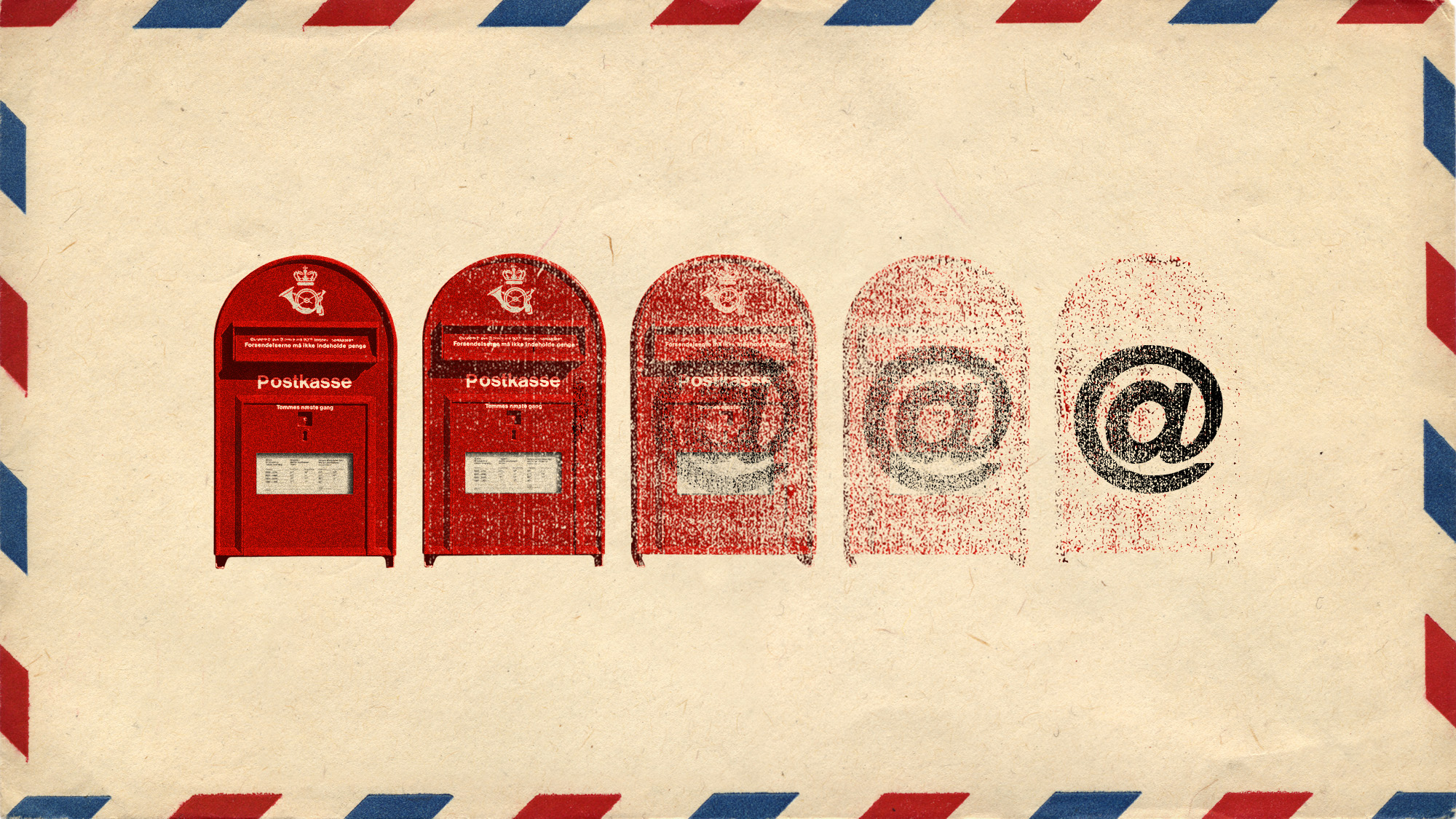 Denmark scraps letters and its iconic red postboxes
Denmark scraps letters and its iconic red postboxesUnder the Radar Danish posties say ‘farvel’ to 400 years of tradition but can Royal Mail weather the storm?
-
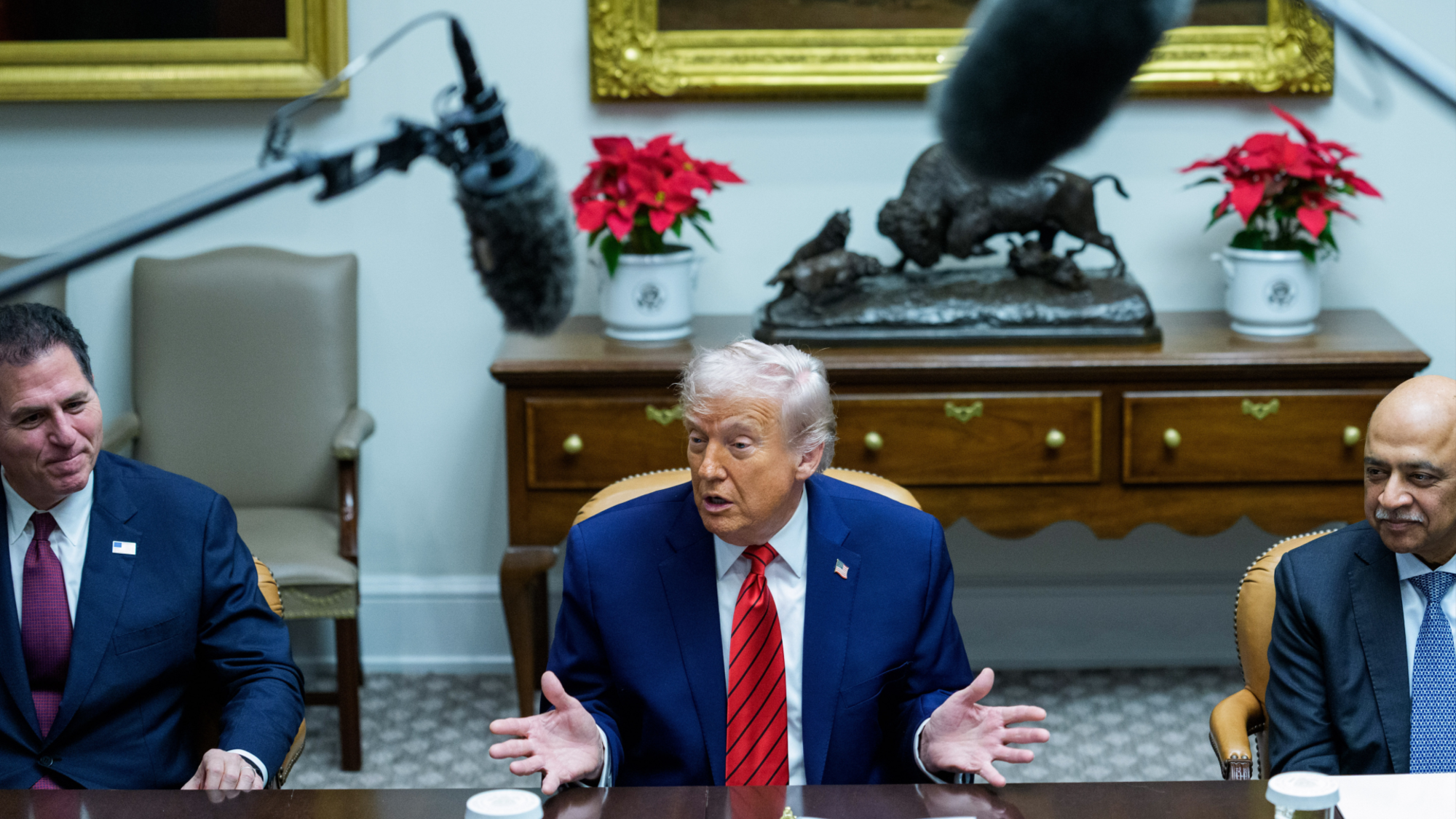 What role will Trump play in the battle over Warner Bros. Discovery?
What role will Trump play in the battle over Warner Bros. Discovery?Today’s Big Question Netflix and Paramount fight for the president’s approval
-
 ‘The menu’s other highlights smack of the surreal’
‘The menu’s other highlights smack of the surreal’Instant Opinion Opinion, comment and editorials of the day